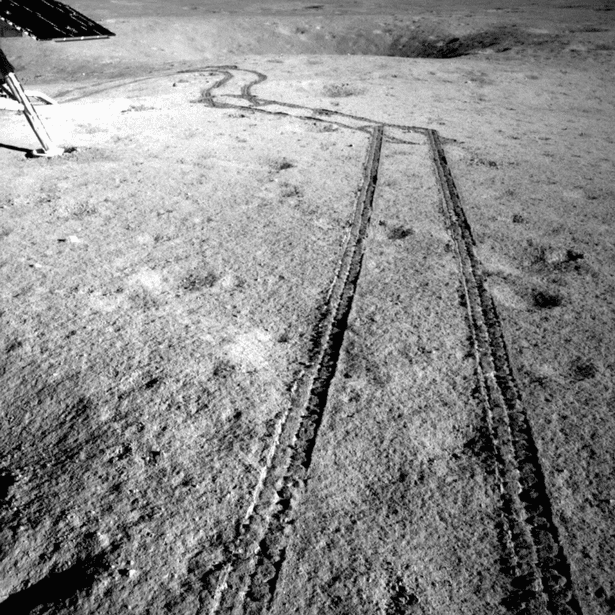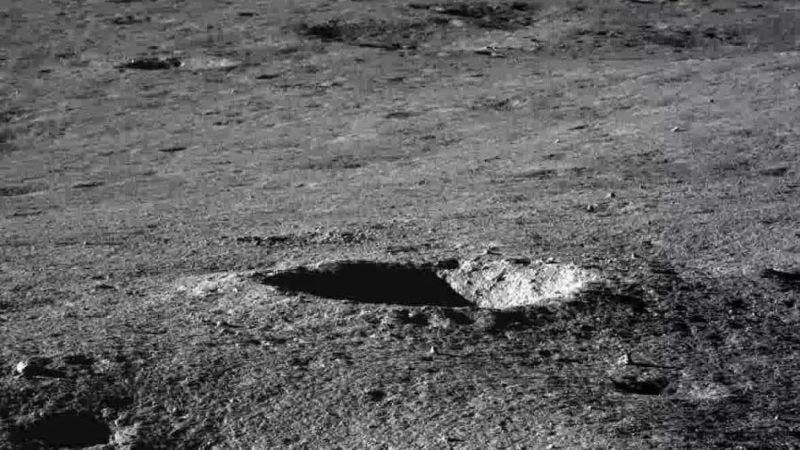China quietly released a new set of images provided by its Chang’e 4 lunar exploration mission. The rover, which became the first mission to ever land on the far side of the moon, shows some features of the lunar surface in unprecedented detail.
China’s mission has already gone as well as you could hope for — if not better. It became the first mission to perform a soft landing on the dark side of the moon, it carried geophysical studies of its landing surface, and it successfully grew potatoes and a few other plants on the moon — marking another impressive first.
The Yutu 2 rover has now traveled a total of 178.9 meters (587.9 feet), which far exceeds the record by its predecessor, Yutu 1, during the Chang’e 3 mission, which managed to travel 114 meters. Durings its latest travels, the rover also snapped a few photographs which it beamed back to Earth, and some of those images have now been released by China’s National Space Administration (CNSA).
The Von Kármán crater, close to where the rover landed, is believed to contain an intriguing mixture of chemical elements, including thorium, iron oxide, and titanium dioxide, which could provide important clues about the origin and evolution of the lunar surface. Researchers hope that the mission will help answer questions about the crater’s surface features and test whether plants could grow in lunar soil.
The mission is also observing low-frequency radio light coming from the Sun or beyond that’s impossible to detect on Earth because there is so much radio noise interfering with it.

Early tracks from Yutu-2 after its descent from the Chang’e-4 lander, visible in the top-left. Image: CLEP/CNSA.
The rover is currently in hibernation mode until April 28. It has already survived for four lunar days and nights, or about 29.5 days on Earth. It’s still going strong, preparing for its fifth lunar night — despite being designed to last for three lunar nights only. Everything that happens now is just a bonus on this already excellent mission. The rover is also turning intermittent naps when it is facing the sun directly, as temperatures soar to 200 degrees Celsius.
Much of the scientific data gathered hasn’t been relayed back to Earth yet. It will take several more weeks before it is all sent back, and a bit more time to analyze it after that. In the meantime, we can all enjoy these crisp images.












